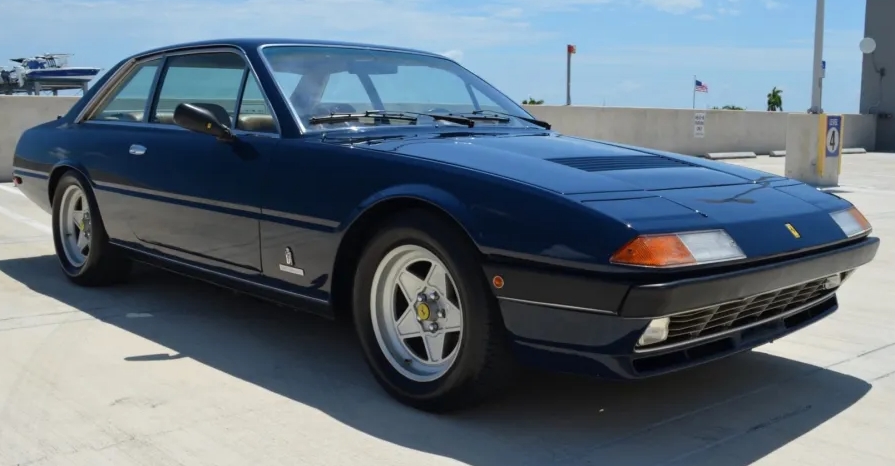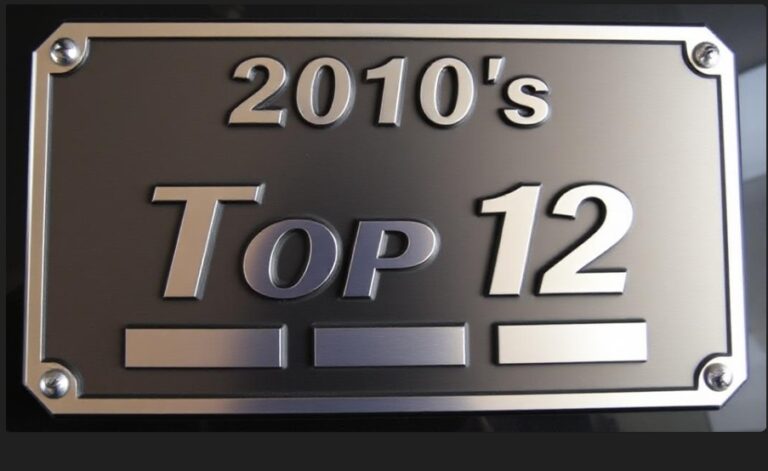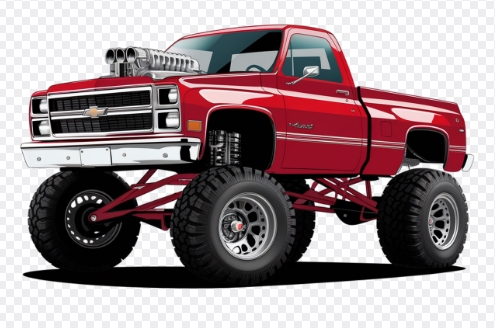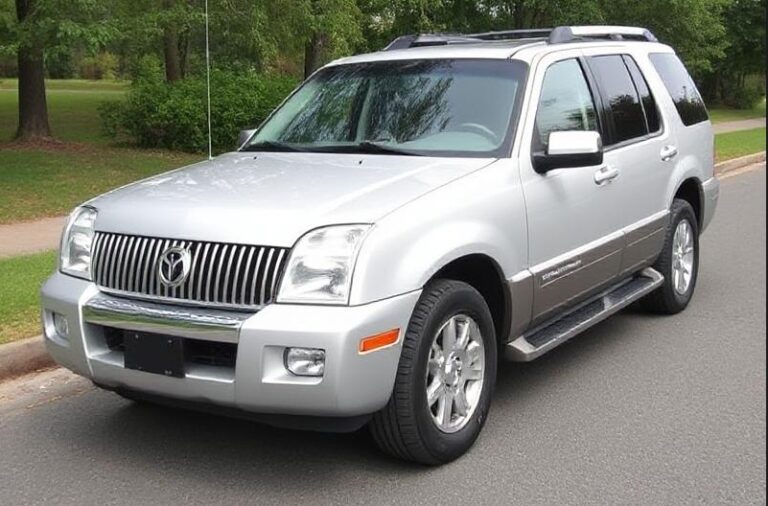The Evolution of Ferrari’s Grand Tourers: 400 456 458 488
Ferrari has long been synonymous with high-performance, luxurious sports cars that combine advanced engineering with Italian design flair. Over the decades, the brand has evolved its lineup from the classic 400 series through the 456, 458, and finally the 488, reflecting technological advancements, changing market demands, and Ferrari’s continual pursuit of perfection. This article explores the timeline, models, and trim levels of these iconic series, offering a comprehensive look at their development from inception to discontinuation.
The Ferrari 400 Series (1976–1985)
Introduction and Background
The Ferrari 400 series marked Ferrari’s return to a more refined, grand-touring focus after the mid-1970s. It was introduced as a luxurious, high-performance grand tourer aimed at combining comfort with power, appealing to clientele seeking a sophisticated yet sporty vehicle.
Production Timeline
- Production Years: 1976–1985
- Total Units Produced: Approximately 1,340 units of all variants
Key Models and Trim Levels
Ferrari 400 GT (1976–1982)
The original 400 GT was introduced at the Geneva Motor Show in 1976. It was a front-engine, rear-wheel-drive coupe powered by a 4.0-liter V12 engine.
- Engine: 4.0-liter (3967 cc) Tipo F101CB V12
- Power Output: 315 horsepower at 6,000 rpm
- Transmission: 5-speed manual
- Performance: 0–60 mph in approximately 6.1 seconds; top speed around 158 mph
- Features: Luxurious interior, refined chassis, and advanced for its time
Ferrari 400i (1982–1985)
In 1982, Ferrari introduced the 400i as an updated version to meet evolving emissions and comfort standards.
- Engine: Same 4.0-liter V12
- Power Output: Slightly increased to 340 horsepower (due to improved tuning)
- Fuel System: Bosch K-Jetronic fuel injection replacing earlier carburetors
- Features: Digital instrument cluster, revised interior, and upgraded suspension
Special Variants
While the 400 series was largely a standard grand tourer, Ferrari produced limited special versions, such as the 412, which was introduced later and is sometimes associated with the 400 series lineage.
Summary of the 400 Series
The Ferrari 400 series was characterized by its front-engine layout, V12 powertrain, and luxurious appointments, establishing Ferrari’s reputation for elegant grand tourers. Its production run marked a transition from the classic Ferrari V12 models of the past to more modern, comfortable vehicles.
The Ferrari 456 Series (1992–2003)
Introduction and Background
The 456 series represented Ferrari’s shift towards more contemporary styling and increased comfort, reflecting the needs of a broader clientele seeking reliable, high-performance GTs suitable for long-distance cruising.
Production Timeline
- Production Years: 1992–2003
- Total Units Produced: Approximately 3,000 units of all variants
Models and Trim Levels
Ferrari 456 GT (1992–1996)
The initial 456 GT was Ferrari’s first V12 grand tourer with a front-engine layout since the 400 series.
- Engine: 5.5-liter (5572 cc) Tipo F113 B V12
- Power Output: 436 horsepower at 6,750 rpm
- Performance: 0–60 mph in approximately 5.2 seconds; top speed around 183 mph
- Transmission: 6-speed manual (early models), later an optional 4-speed automatic
- Features: Luxurious interior, improved aerodynamics, and modern chassis
Ferrari 456 GTA (1995–2003)
The 456 GTA was an automatic transmission version, aimed at customers prioritizing comfort and ease of driving.
- Transmission: 4-speed automatic (4L80-E)
- Performance: Slightly less sporty but maintained impressive performance metrics
Ferrari 456 M (Modificata) (1998–2003)
The 456 M was a facelifted version with minor styling updates and performance enhancements.
- Engine: Same 5.5-liter V12, tuned to 442 horsepower
- Features: Revised front and rear bumpers, new interior options, and upgraded suspension systems
Special Variants
- 456 GT Venice: A limited edition with bespoke features, including unique paint and interior options.
- 456 GT Spyder (Concept): Though not produced in large numbers, a Spyder version was occasionally proposed but never fully realized.
Significance
The 456 series solidified Ferrari’s position as a maker of refined, reliable GT cars. It combined the legendary V12 engine with more modern amenities, making it a popular choice among enthusiasts who desired a versatile Ferrari capable of long-distance comfort.
The Ferrari 458 Series (2009–2015)
Introduction and Background
Ferrari’s 458 series marked a technological leap into the modern era with a focus on lightweight construction, aerodynamics, and cutting-edge electronics. It was a response to the increasing demand for supercars with exceptional handling and driver engagement.
Production Timeline
- Production Years: 2009–2015
- Total Units Produced: Approximately 30,000 units of all variants
Models and Trim Levels
Ferrari 458 Italia (2009–2015)
The 458 Italia was Ferrari’s flagship V8 model, replacing the F430, and was renowned for its performance-to-weight ratio and innovative features.
- Engine: 4.5-liter (4499 cc) V8
- Power Output: 570 horsepower at 9,000 rpm
- Performance: 0–60 mph in 3.4 seconds; top speed around 202 mph
- Transmission: 7-speed dual-clutch automated manual (F1 DCT)
- Features: Advanced aerodynamics, magnetic ride suspension, and electrochromatic mirrors
Ferrari 458 Spider (2011–2015)
The open-top version of the 458 Italia, featuring a retractable hardtop.
- Same mechanical specifications as the Italia
- Additional Features: Electrically operated roof with minimal impact on performance
Ferrari 458 Speciale (2013–2015)
A track-focused variant with enhancements in aerodynamics, weight reduction, and performance.
- Engine: Same 4.5-liter V8, tuned to 605 horsepower
- Performance: 0–60 mph in 3.0 seconds; top speed approximately 210 mph
- Features: Aero enhancements, lightweight materials, and advanced telemetry systems
Ferrari 458 Speciale A (Aperta) (2014–2015)
Limited-edition convertible with the same specifications as the Speciale.
Significance
The 458 series was critical in Ferrari’s lineup, blending technological innovation with traditional Ferrari design. It set new standards for V8 supercars with its blend of raw power, agility, and everyday usability.
The Ferrari 488 Series (2015–2019)
Introduction and Background
Building on the success of the 458, Ferrari introduced the 488 series featuring turbocharged engines, improved aerodynamics, and further weight savings. It represented a shift towards turbocharging to meet emissions standards without sacrificing performance.
Production Timeline
- Production Years: 2015–2019
- Total Units Produced: Over 20,000 units
Models and Trim Levels
Ferrari 488 GTB (2015–2019)
The base model of the 488 lineup, combining turbocharged power with everyday usability.
- Engine: 3.9-liter twin-turbo V8 (F154 EB)
- Power Output: 661 horsepower
- Performance: 0–60 mph in 3.0 seconds; top speed around 205 mph
- Transmission: 7-speed dual-clutch
- Features: Active aerodynamics, Ferrari’s Side Slip Control (SSC2), and lightweight construction
Ferrari 488 Spider (2015–2019)
Convertible version with a retractable hardtop.
- Mechanical specs: Identical to GTB
- Additional Features: Power-retractable roof with minimal weight penalty
Ferrari 488 GT3 and GTE (2016–present)
Track-focused racing variants designed for competition, featuring extensive modifications for endurance racing.
Ferrari 488 Pista (2018–2019)
Limited-edition high-performance variant emphasizing track capabilities.
- Engine: 3.9-liter twin-turbo V8 tuned to 711 horsepower
- Performance: 0–60 mph in 2.8 seconds; top speed about 211 mph
- Features: Extensive weight reduction, aerodynamics, and chassis improvements
Significance
The 488 series marked a technological transition, with turbocharging enabling higher power outputs and greater efficiency. It was praised for its dynamic capabilities, technological sophistication, and aggressive styling.
.
THIS might be a great place to get your new car from!
Or for those who are into the “car flipping” business, here’s an excellent resource for you!

.
Summary and Legacy
From the 400 to the 488: A Timeline of Innovation
| Series | Years Produced | Notable Models | Key Features |
|---|---|---|---|
| Ferrari 400 | 1976–1985 | 400 GT, 400i | Front-engine V12, luxury GT |
| Ferrari 456 | 1992–2003 | 456 GT, 456 GTA, 456 M | Modern V12, refined comfort |
| Ferrari 458 | 2009–2015 | Italia, Spider, Speciale | Lightweight V8, tech innovation |
| Ferrari 488 | 2015–2019 | GTB, Spider, Pista | Turbocharged V8, advanced aerodynamics |
Evolutionary Highlights
- Engine Technology: Transition from naturally aspirated V12s and V8s to turbocharged V8s.
- Design Philosophy: From grand touring luxury to high-performance supercars and track-ready racers.
- Technology: Progressive adoption of electronic aids, aerodynamics, and lightweight materials.
- Market Focus: Broader appeal with models catering to both luxury touring and dedicated racing.
Conclusion
Ferrari’s evolution from the 400 series through the 488 encapsulates the brand’s ability to adapt and innovate while maintaining its core ethos of performance, exclusivity, and Italian craftsmanship. Each series reflects the technological and stylistic trends of its era, with the modern 488 exemplifying the pinnacle of Ferrari’s engineering prowess.







